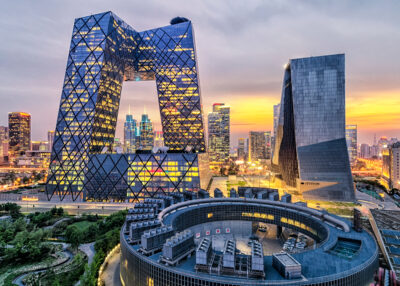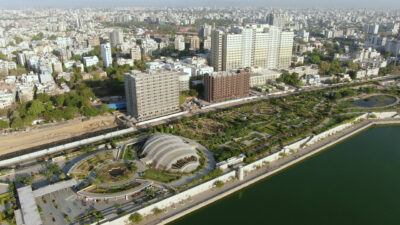Past and future collide in Barrie Ho’s design world
Hong Kong architect (and Star Wars obsessive) Barrie Ho embraces tech and innovation in projects such as the world’s first dedicated eSports stadium but is careful to integrate traditional tenets such as sustainability and community-mindedness
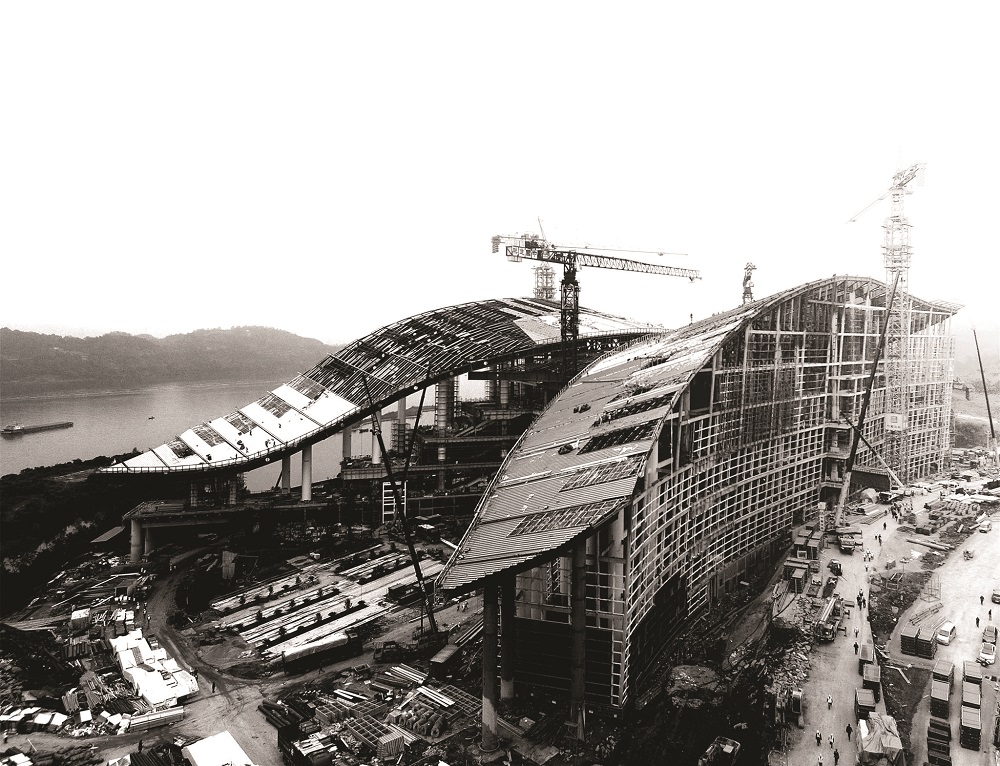
People gather at a 20,000-capacity stadium on the banks of the Yangtze River in China. Tensions and excitement rise as the tournament begins, but this is not traditional sport as we know it. There are no athletes or footballers. Instead, professional video gamers are sitting down, practically motionless, battling their hearts out to the deafening roar of crowds watching the animated action on huge screens.
Welcome to the world of eSports, and the custom-built Zhongxian stadium. Opened earlier in 2018, the gleaming venue seats 7,000 people and features glass walls with LED screens projecting video displays for those gathered outdoors.
“I wanted a design that reflects the energy of these events,” says Barrie Ho, the man behind the stadium, which encompasses futuristic aesthetics, functionality, and cultural references. This is evident in the building’s shape—an inverse yin-yang symbol with wings, extending from both sides of the arena, catering to a further 13,000 people on top of those seated inside.
Described as “internet cafes for the next generation,” eSports stadiums, though not long out of the development stage, are forecast to be big business. This is especially true in China, the largest gaming market in the world, with its thriving eSports scene that brought over USD100 million in revenue in 2017, according to market research firm Newzoo.
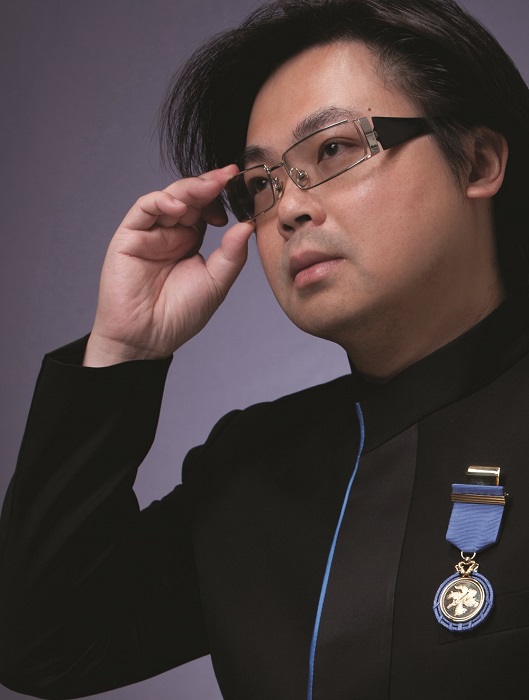
Further creating buzz at Zhongxian are the on-site incubators for gaming start-ups. Incubation—custom-designed spaces for multiple start-ups—is something Barrie Ho and his firm, BARRIE HO Architecture (BHA), have been focusing on lately. An integral element of contemporary architecture and advancing economies, but also in its infancy.
“There are many new architectural topics in mainland China because of its booming economy. Incubation is a brand new developing system for start-up businesses, the speciality of such needs to be further developed,” asserts Ho, who set up BHA in 1999. The firm has expanded against a backdrop of economic growth in parts of Asia, particularly China, and is these days reaping the benefits.
“Architecture as an occupation was very much a waste of talents during the downside of the economic market in Asia in the late 90s to the millennium,” he explains. “Firms had to survive with projects with a very limited budget and fees. Many changed their career to interior designers.
“Architectural design excellence was not truly valued by most end users like governmental bureaus, commercial sectors, and private developers. The establishment of BHA was a direct response to this phenomenon, with passion for innovation, creativity and originality in architecture, and a hope to enhance the beauty of our built environment.
“At BHA we select good clients with the wisdom to foster architectural excellence, which is a major target of today,” states Ho.
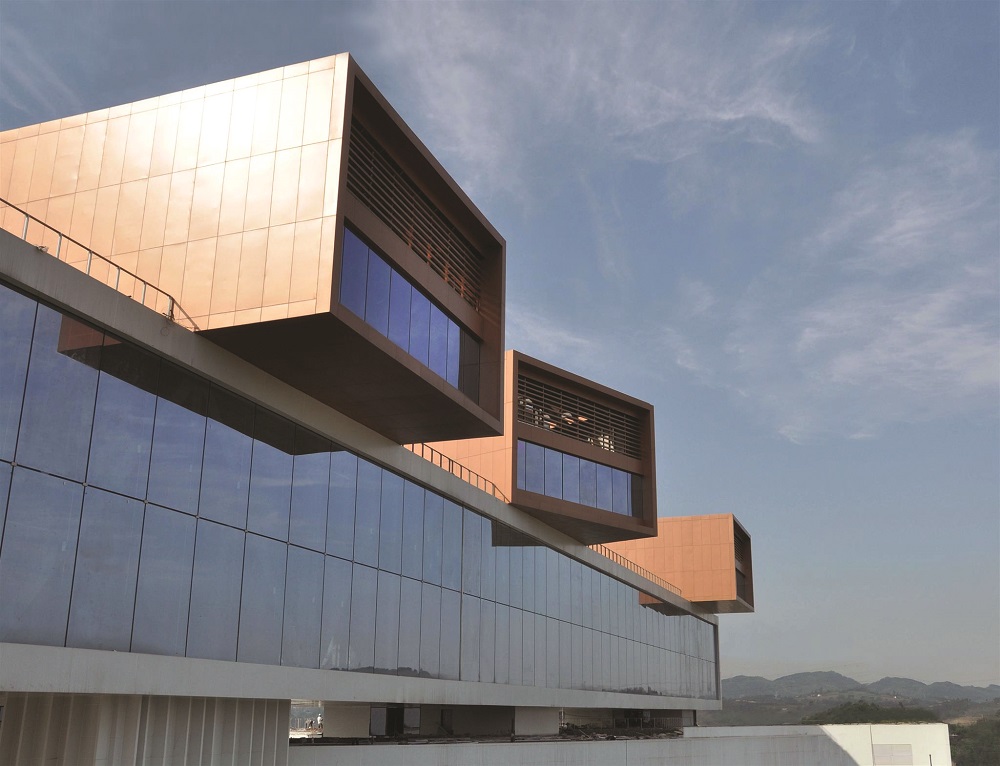
The BHA portfolio is vast and varied: from shopping malls to mixed-use community facilities, kindergartens to older people’s residences, mainly in Hong Kong and China.
Ho says he is enjoying more recent, community-focused projects like the Dream Factory in Hong Kong’s Qian Hai. Comprising eight buildings, including incubation start-ups, an exhibition hall and a sports park, according to the Qian Hai Authority, “the E-Hub will provide a platform to explore the concept of gathering talent from Hong Kong and Shenzhen.”
“Incubation architecture and architecture for communities seem to be a genuine way of experimenting in designs for public uses,” says Ho. “Especially after years of experimenting with highly commercialized projects, like shopping malls, luxury hotels and designing purely for the rich.
“Architecture, after all, is for human activities. Designing a space in a place for the young [such as the Dream Factory] makes me feel good,” he reveals.
More: Interview with architect William Lim
Ho studied architecture at the University of Hong Kong, but says his eyes were opened during a scholarship in Central London. “Obviously, my works are strongly influenced by a European type of thinking and wisdom,” he says, adding he still visits Europe regularly. This summer, BHA exhibited at the Venice Architecture Biennale, in the Hong Kong pavilion— meeting peers around the globe clearly vital for the firm’s continued creativity and inspiration.
“Sharing ideas in European cities through exhibitions, seminars and forums is actually part of an architect’s life,” relates Ho. “And such an international design platform allows us to share our different architectural phenomenon and socio-cultural structures with others which is rather enjoyable.
“’Go International’ is always the motto and the intention of BHA, and is extremely useful in helping to broaden our office’s horizon towards an international platform of architecture.”
The flamboyant architect’s cultural interests even extend to another universe, in the form of Star Wars. A huge Star Wars fan ever since he saw Episode IV – A New Hope as a young child at the cinema, he has amassed no less than 600 collectible items, many of which have been displayed in an exhibition space at his practice, located in Hong Kong’s Central.
Architecture is part of human development, human history and one cannot escape from continuing sustainability in design. However, it is quite sad to see the label used too widely for the sake of promoting architecture as a gimmicky product
Looking to the future, back on planet earth, Ho believes sustainability and eco-friendly design are part and parcel of new building design, but says to beware of too many buzzwords and gimmicky concepts.
“Architecture is part of human development, human history and one cannot escape from continuing sustainability in design,” he says. “However, it is quite sad to see the labels of sustainability and eco-friendly design used too widely for the sake of promoting architecture as a gimmicky product, as well as a promotional tool of electrical and mechanical engineers for business. Only genuine green architecture will prevail.”
Indeed, as urban areas expand and populations grow, Ho believes that the key will be in green spaces and working with nature, on top of utilising the latest technology. “In a hyper dense city like Hong Kong or Tokyo, Beijing or Shanghai,” posits Ho, “the way to preserve nature within cities is to create an ‘urban lung’, for the city to breathe and for people to live and work in.
“It should always be the local government’s intention to create a sustainable and a liveable city in a holistic way, to maintain an equal, balanced city life with newly built infrastructure and architecture.
“Putting green carpets on external walls of a building or putting up wind turbines, sun shading strips or solar panels, might not be the essence of designing buildings but somehow a pocket garden, pocket park, or an interconnecting garden may be a solution to a green city.”
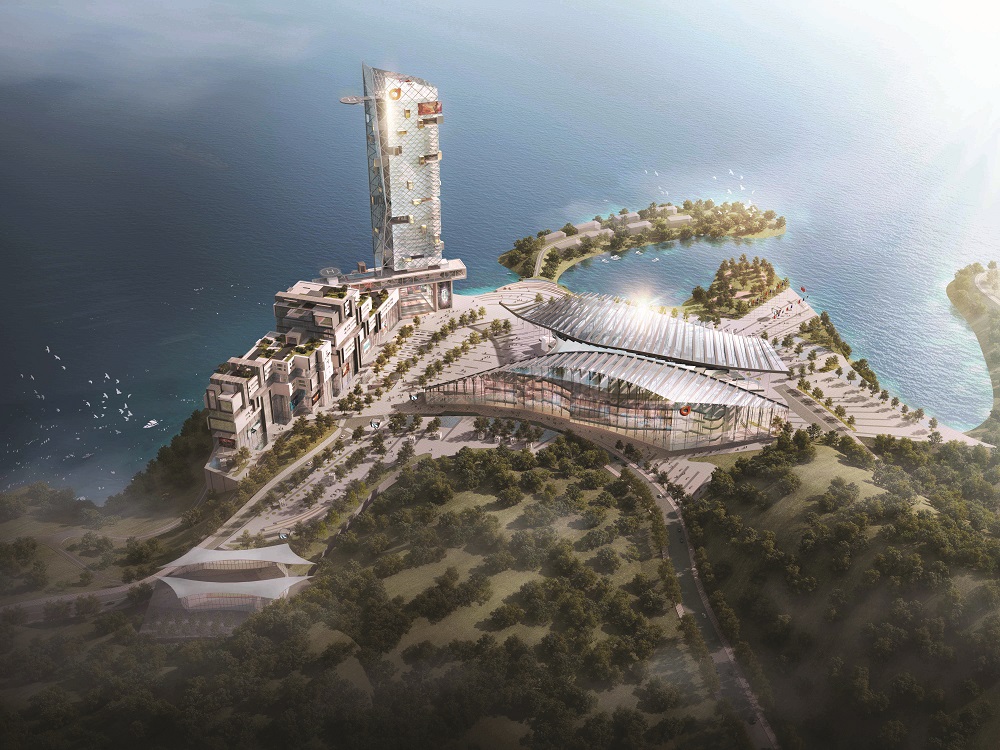
Asked who or where inspires him most, it is not surprising that the well-travelled, always evolving architect struggles to narrow it down to one example.
“One might think about Michelangelo in the Renaissance in Florence, one might think about Peter Behrens in the industrial steel structure. One might think about Le Corbusier and Mies van der Rohe during the architectural life. One might think about Picasso for Cubism, Piet Mondrian of De Stijl during the early last century. Maybe nowadays OMA [Office for Metropolitan Architecture in Rotterdam], Rem Koolhaas, Zaha Hadid or Steven Holl.
“The contrast of the old and new in most European countries, like Milan, London, Venice, Copenhagen and Barcelona, all inspire a new synergy for those who visit these cities, where seeing is believing.”
This article originally appeared in Issue No. 150 of PropertyGuru Property Report Magazine
Recommended
Meet the vagabond architect behind India’s housing scene
Vinu Daniel is helping to shake up India’s home building setting
Where Asian real estate stands in a fragmented, warmer world
Asia’s real estate industry faces many and varied challenges as external factors continue to bite
6 sights to see in Singapore’s Marine Parade
Handily located Marine Parade has emerged as a vibrant investment choice in the Lion City
There’s a township dedicated to health and wellness in Malaysia
Property seekers have their health needs catered for at KL Wellness City






